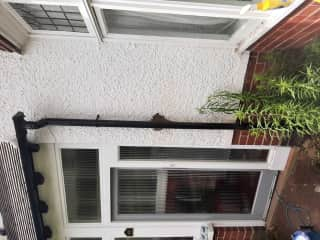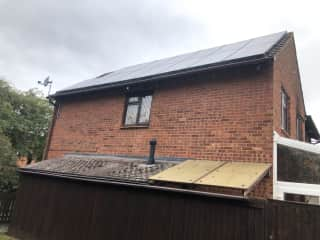A gutter is part of the system that takes rainwater away from a building. Every home will have some form of guttering system to stop water from dripping off the roof and into the walls. It’s important to keep your gutters clear because if water starts to seep into your home’s walls, you’re likely to get damp.
A guttering system consists of half pipes, troughs, bends and downpipes. They’re usually cylindrical in shape but they may be square on some homes and in countries outside of the UK. Technically, the gutter is the part that you’ll see across your roof that collects rainwater. The water will then feed into a downpipe from your roof’s edge to the base of your home, where you can collect it in something like a water butt, or it will be discharged to a surface water drain or soakaway.
In early times, gutters used to be made from lined wood or stone. Lead was often used as the liner to stop rainwater from seeping through the material, but you won’t see it used much anymore. These days, most homes have uPVC guttering as it’s a hardwearing plastic that should last a long time. But you’ll also see gutters made from aluminium, cast iron and copper, especially on period homes or those in a conservation area.
Every home needs a guttering system to ensure that rainwater doesn’t affect the foundations of the property. It’s also important to keep the gutters clear of debris like fallen leaves, as this will cause them to overflow, potentially causing water to soak into the walls and causing damp.














